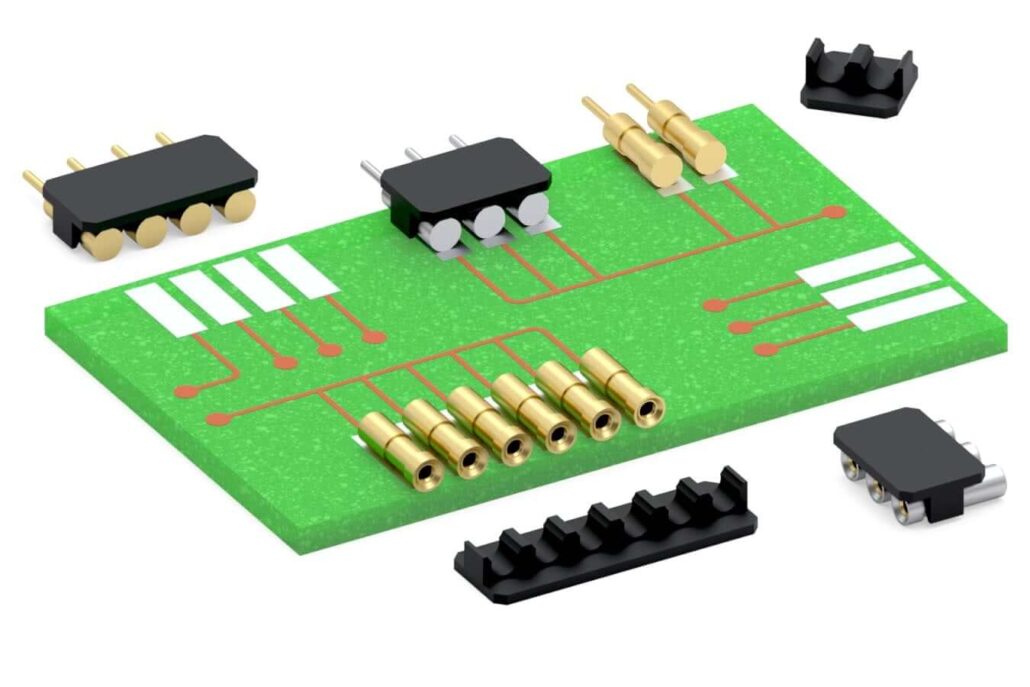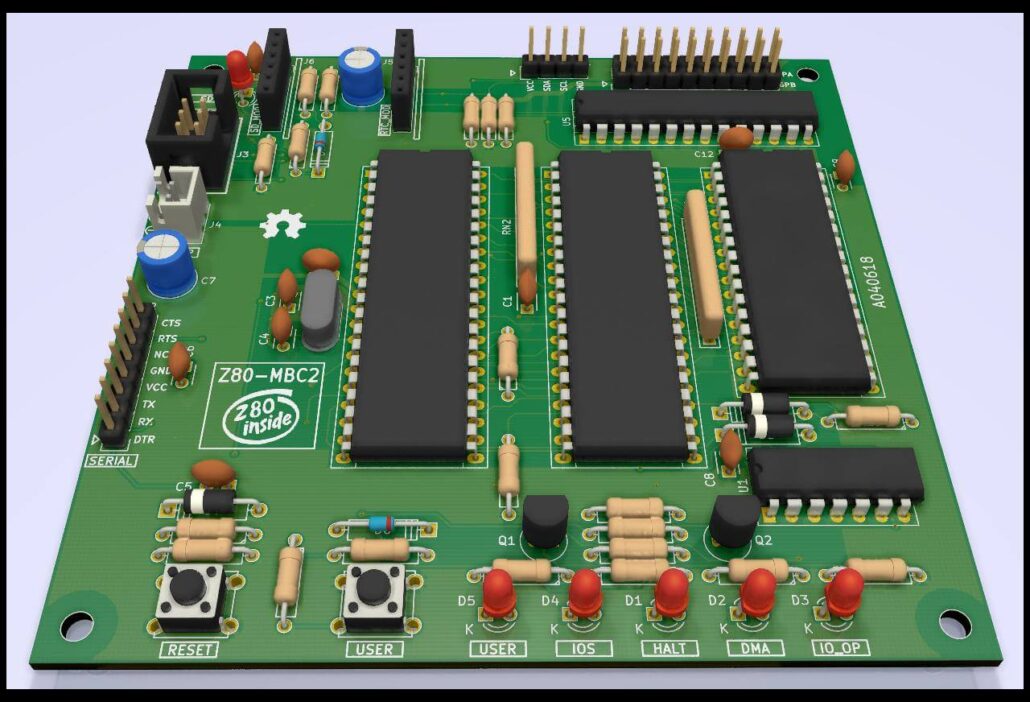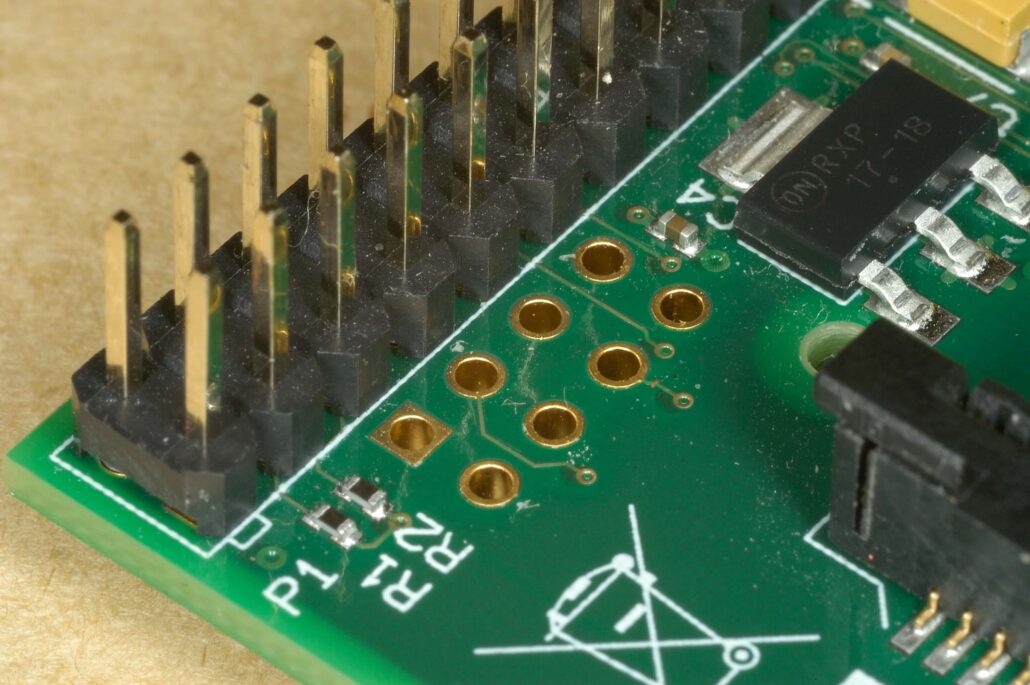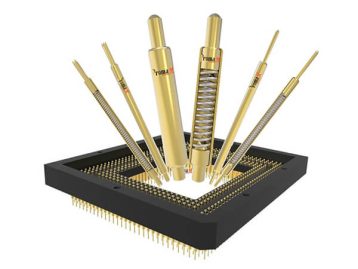Electronic devices have been revolutionizing our lives the ways we never imagined possible. Behind the scenes, printed circuit boards are the unsung heroes that power these devices. They help connect the many components that make them work.
The circuit board pin connector plays a vital role in ensuring reliable connections. This tiny component is often overlooked but can significantly impact electronic devices. Originating in the 1940s, pin connectors have undergone various advancements and now come in multiple types.
Read on to learn the benefits of circuit board pin connectors, how they work, and why they’re essential for electronic devices. We’ll also explore the various types of pin connectors, their features, applications, and more.
By the end of this article, you’ll understand why they’re so significant. So, let’s take a closer look to discover the fascinating world of circuit board pin connectors!
Circuit Board Pin Connectors
Circuit board pin connectors are tiny metal components used to connect electronic parts to PCBs. They come in different shapes and sizes and are often used in electronic devices like computers, graphics cards, and power supplies. Pin connectors have metal pins inserted into holes on the PCB to make a secure electrical connection with the copper traces.

Types of Circuit Board Pin Connectors
Single-row Pin Connectors
These are small connectors with a single row of pins that connect electronic components to a PCB. They are easy to use and are commonly found in computer hardware.
Dual-row Pin Connectors
These have two rows of pins stacked on top of each other, allowing for more connections in a smaller space. They are commonly used in high-density applications where space is limited.
Box Header Pin Connectors
These have a rectangular shape and are used to connect cables or wires to a PCB. They are commonly found in power supplies and other high-current applications.
Shrouded Pin Connectors
These are similar to single-row or dual-row pin connectors but with a protective shroud or cover around the pins to prevent accidental contact or damage. Consumer electronics are among their everyday applications.
Surface Mount Pin Connectors
These are designed to be mounted directly onto the surface of a PCB using solder paste and a reflow oven. They are commonly used in applications with limited space requiring high reliability.
Through-hole Pin Connectors
After being inserted into the holes on the PCB, these components are soldered firmly in place, making them popular for applications that require robust mechanical performance.
Card Edge Pin Connectors
With their specifically designed pins that slot into a card edge on a PCB, these components find frequent use in computer hardware, particularly in expansion cards.
Board-to-board Pin Connectors
In applications that require a connection between multiple PCBs, such as in large electronic systems, these components come in handy as they connect two PCBs perpendicular to each other.

Benefits of Circuit Board Pin Connectors
Here are some of the exceptional benefits of circuit board pin connectors:
Reliable Connection
One of the most notable benefits of circuit board pin connectors is their ability to provide a reliable connection between circuit board parts. Pin connectors are designed to ensure a stable and secure connection and no signal loss. It ensures the electronic device operates as intended and there are no issues with connectivity.
Easy to Install
Circuit board pin connectors need no special tools or equipment and can be installed and removed quickly and easily. It is particularly essential in applications where time is of the essence, such as in production or repair settings.
Versatile
Pin connectors can be used in a wide range of applications, including computers, telecommunications equipment, and medical devices. They come in various sizes and configurations to meet the specific needs of different applications. It makes them ideal for many different types of electronic devices.
Durable
Pin connectors are highly durable and made of high-quality materials that resist corrosion and wear. It makes them ideal for use in challenging environments where electronics are susceptible to extreme temperatures, vibration, and shock. They require minimal maintenance and can be easily cleaned or replaced, ensuring the electronic device operates optimally.
Cost-effective
Circuit board pin connectors are relatively inexpensive compared to other types of connectors. They offer a cost-effective solution for connecting different parts of a circuit board. Also, it is without compromising on quality or reliability. It is particularly important for manufacturers looking to produce electronic devices at scale.
Easy to Maintain
Pin connectors need minimal maintenance, making them ideal for situations where regular upkeep is impractical. They can be effortlessly cleaned or replaced, ensuring the circuit board remains in peak condition.
High-speed Data Transfer
Pin connectors are excellent for applications that need fast data transfer as they can handle high-speed data. They can transmit large amounts of data while minimizing signal loss. It is crucial for ensuring electronic devices operate at peak performance. This minimization of signal loss allows for accurate and efficient transmission of data. It is essential for uninterrupted connectivity and data transfer without degradation.
Low Insertion Force
Pin connectors have a low insertion force. It makes them easy to insert and remove without damaging the pins or the socket. It ensures the electronic device remains intact and fully functional during the installation and removal of the pin connectors.
Low Profile
Pin connectors have a low profile, which means they take up minimal space on the circuit board. It allows more components to be added to the circuit board without increasing size. It is critical in applications with limited space.
Modular Design
With a modular design, they can be easily replaced or upgraded without replacing the entire circuit board. This modularity ensures the electronic device can be easily maintained and upgraded as needed, reducing the cost.
High-density Packaging
Pin connectors can be packed densely on a circuit board, allowing for more connections to be made in a smaller area. It ensures the electronic device remains compact and efficient, even as more components are added to the circuit board.

Choosing a Perfect Circuit Board Pin Connector
Choosing a suitable circuit board pin connector involves several considerations that will ensure the connector meets the specific requirements of your application.
Pin count
Determine the number of pins required for your application. Pin counts can range from a few pins to hundreds of pins.
Pitch
The pitch is the distance between each pin on the connector. Make sure that the pitch matches the spacing of the holes on your circuit board.
Mounting Style
There are various mounting styles, including through-hole, surface-mount, and board-to-board. Choose the most suitable mounting for your application.
Orientation
Pin connectors may have a vertical orientation, a right angle, or a horizontal orientation. Consider the space available on your circuit board and the direction in which the connector needs to face.
Current Rating
It’s crucial to select a pin connector with a current rating that matches the current requirements of your circuit.
Voltage Rating
To ensure the proper functioning of the circuit, choose a pin connector with a voltage rating that matches the voltage requirements of your printed circuit board.
Signal Type
Consider the type of signals that will be transmitted through the connector. Some connectors are designed for high-speed data transmission, while others are designed for power or audio signals.
There may be more factors to consider depending on the specific application requirements. For example, considerations such as temperature range, vibration and shock resistance, and environmental factors such as moisture and dust may also be vital. Carefully evaluate all relevant factors to ensure the pin connector meets the specific requirements of your application.

Real-world Applications of Circuit Board Pin Connectors
Circuit board pin connectors are extensively used across a broad range of electronic devices and systems. Let’s explore some practical implementations of these connectors in the real world:
Computer Motherboards
In computer motherboards, these connectors are prevalent to connect many components like processors, memory, expansion cards, and power supply.
Consumer Electronics
They are used in a wide range of consumer electronics devices, such as televisions, audio equipment, gaming consoles, and more. They connect components and modules to the main circuit board.
Automotive Electronics
Automotive electronics, including car audio systems, navigation systems, and engine control units, use them. Circuit board pin connectors connect the primary control unit to various sensors, actuators, and other components.
Medical Equipment
Pin connectors are used in medical equipment such as patient monitoring systems, ultrasound machines, and diagnostic equipment. They connect sensors, probes, and other components to the main circuit board.
Industrial Automation
Circuit board pin connectors are used in industrial automation systems such as robotics, sensors, and control systems. They connect various components and modules to the control unit.
Aerospace and Defense
These connectors are used in aerospace and defense systems such as satellites, missiles, and avionics. They connect various components and modules to the main circuit board, ensuring reliable communication and control.
Conclusion
Circuit board pin connectors are essential parts that help electronic devices work well. They ensure effective connections that are easy to fix if there are any problems. Your electronic devices will be more dependable, easier to take care of, and last longer using circuit board pin connectors. Just ensure you choose the right type of connector for your project so that it works well. They are a helpful tool for anyone who loves electronics and wants to build better devices. Whether you are an electronics expert or a novice, knowing about circuit board pin connectors can help you better construct your projects.










